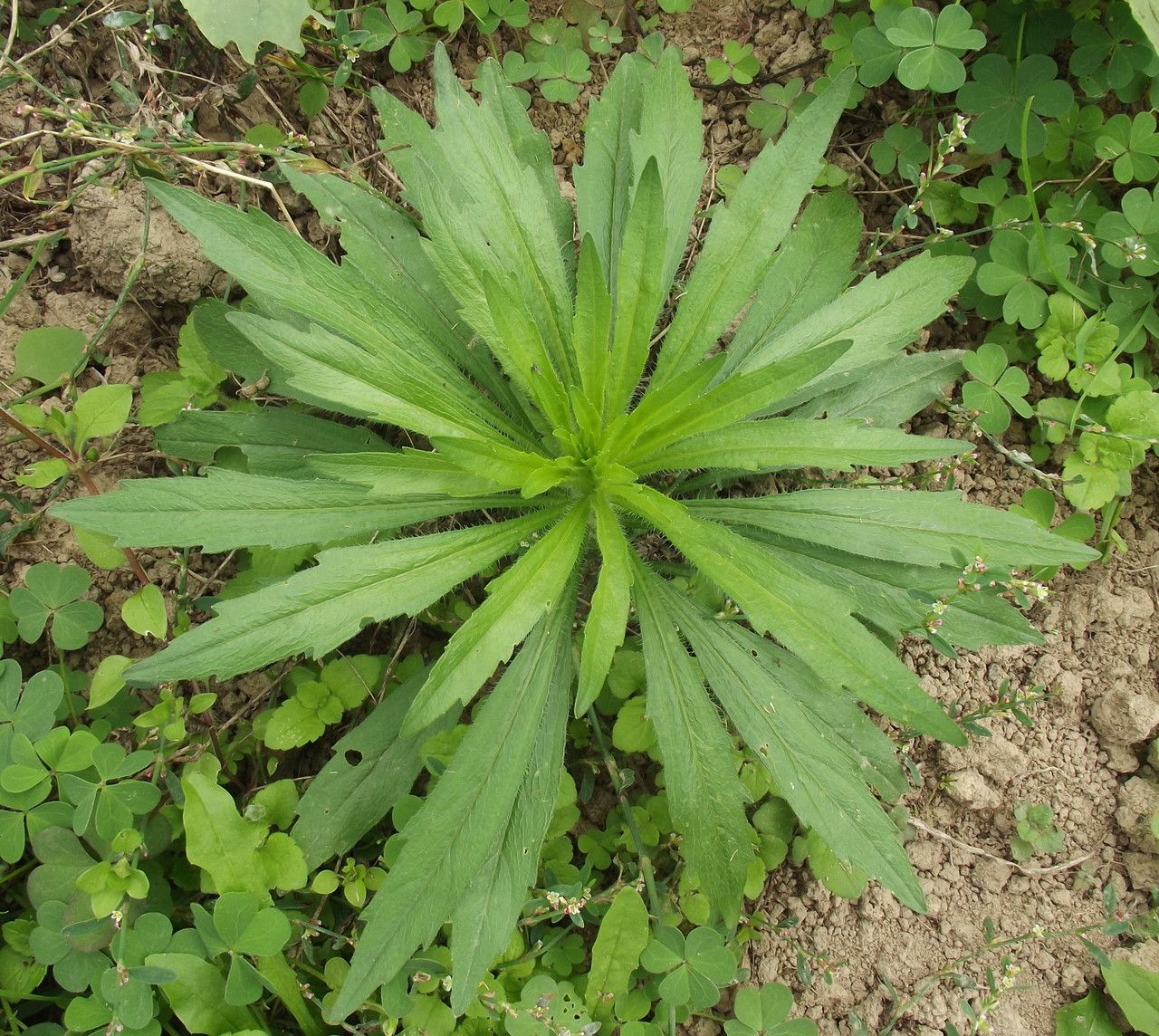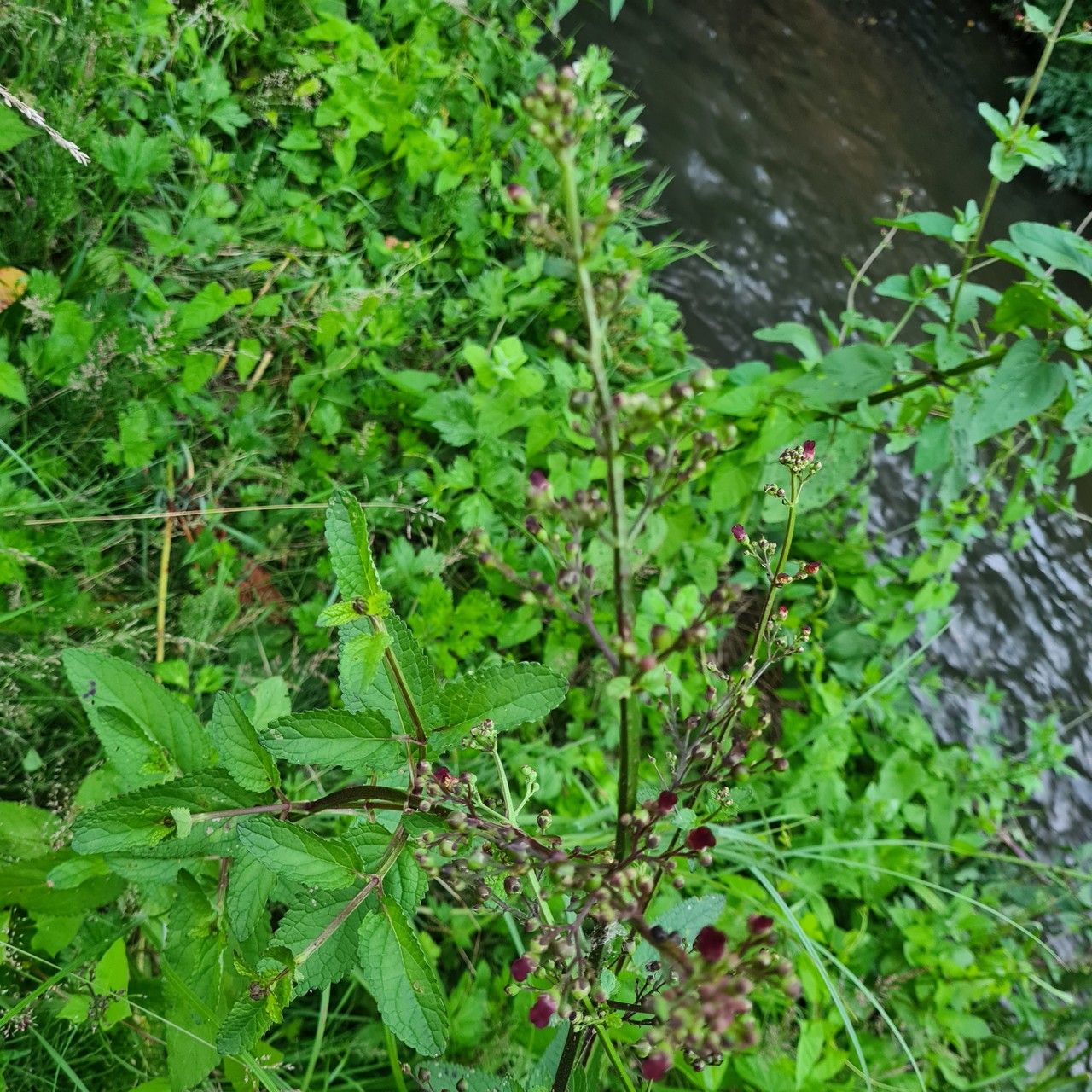## Horseweed: A Comprehensive Guide
Horseweed, also known as Canada fleabane (*Erigeron canadensis*), is a common flowering plant belonging to the Asteraceae family, easily recognized by its prolific growth and small, daisy-like flowers. While considered a weed by many, understanding its characteristics and lifecycle is crucial for effective management.
### Identification
Horseweed is an annual plant, meaning it completes its life cycle in a single year. It's characterized by its tall, erect stems (often reaching heights of 3-6 feet), which are typically sparsely branched. The leaves are lanceolate, with serrated edges, and are arranged alternately along the stem. Its small, white or light pink flowers are clustered together in a dense raceme at the top of the stem. Identifying Horseweed early is crucial for preventing widespread growth.
### Habitat and Growth
Horseweed thrives in a wide range of disturbed habitats, including cultivated fields, roadsides, waste areas, and even gardens. It prefers full sun exposure but can tolerate partial shade. The plant is highly adaptable to different soil types and is remarkably tolerant of drought conditions. Its extensive root system contributes to its robust growth and resilience.
### Sun Exposure & Soil Needs
Horseweed flourishes in full sun to partial shade conditions. It tolerates a wide range of soil types, including poor, sandy, and clay soils, with a preference for disturbed or uncultivated areas. Its ability to colonize disturbed sites often makes it a competitive weed in agricultural settings.
### Control Methods
Controlling Horseweed requires a multifaceted approach. Prevention is crucial: regular cultivation of gardens, timely weed removal before seed production, and proper land management can limit its spread. For established infestations, pre-emergent herbicides applied before seed germination can be effective. Post-emergent herbicides are also available, but timing is critical for optimum results. Physical removal is also possible, especially for small infestations, but ensure to remove the entire root system to prevent regrowth. Repeated mowing can suppress its growth but may not eradicate it completely.
### Ecological Considerations
While often considered a nuisance weed, Horseweed does play a role in its ecosystem. It provides nectar and pollen for pollinators, and its seeds are a food source for some birds. However, its competitive nature and ability to rapidly colonize areas make it a significant threat to crop production and biodiversity in some cases. Responsible weed management practices must be carefully considered.
### Horseweed and Human Health
While not considered toxic to humans in the same way as some other plants, contact with Horseweed can cause skin irritation in sensitive individuals. Avoid direct contact with the plant, and always wear protective clothing and gloves during any control or removal efforts.
### Conclusion
Horseweed is a resilient and widespread plant with both benefits and drawbacks. Understanding its characteristics, habitat preferences, and effective management strategies is essential for responsible land management and maintaining healthy ecosystems.
Horseweed: Identification, Growth & Control

Frequently Asked Questions
How to identify and control Horseweed?
Identify Horseweed by its tall, erect stems, lanceolate leaves, and small, daisy-like flowers. Control methods include pre- and post-emergent herbicides, physical removal, and repeated mowing. Early detection and prevention are crucial.
Is Horseweed harmful to pets?
While not typically toxic, Horseweed can cause skin irritation in sensitive animals. Keep pets away from large infestations to prevent potential allergic reactions.


